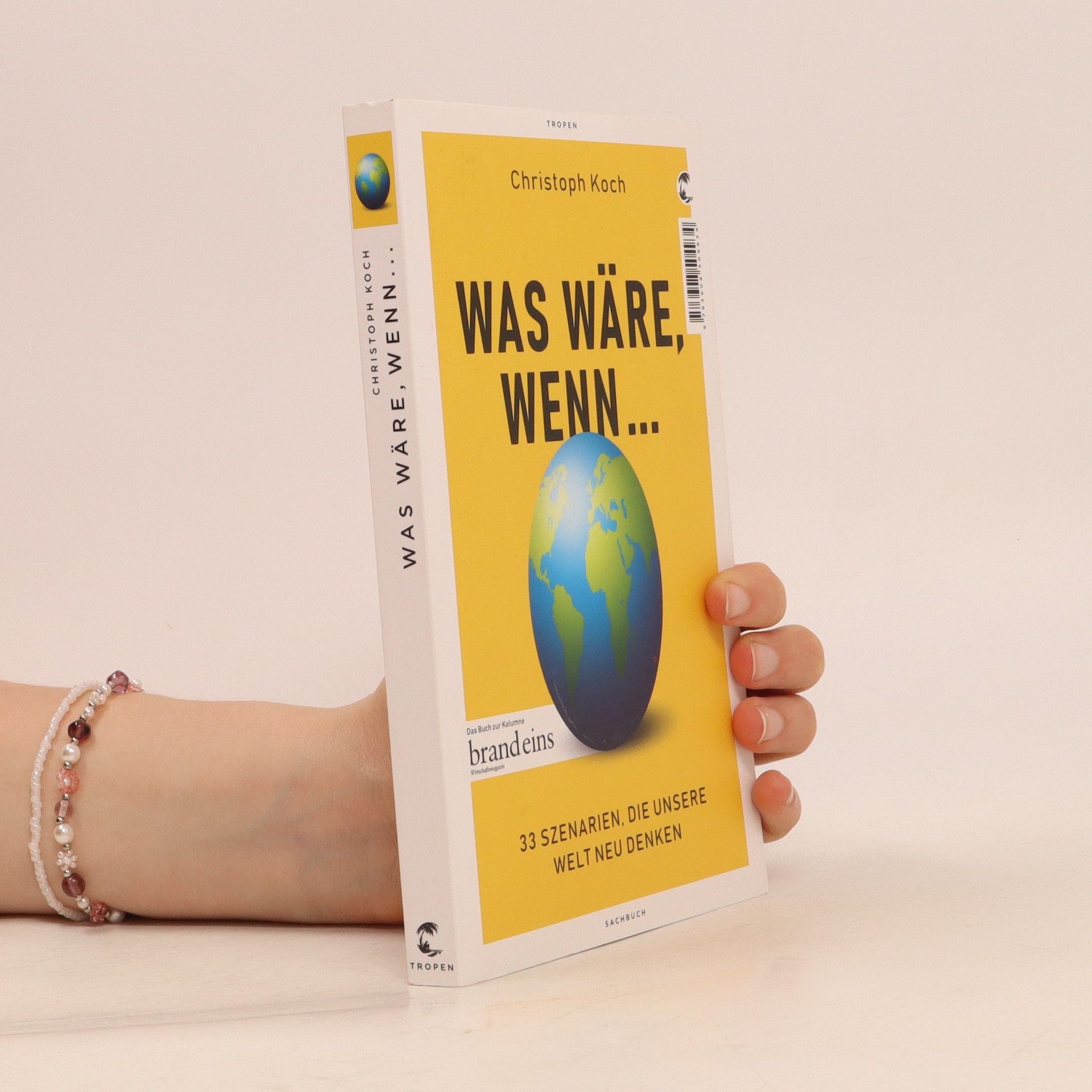Digitale Balance
Mit smarter Handynutzung leichter leben – Die 30-Tage-Challenge - Digital Detox
Das Smartphone: Wie konnte ein kleines Gerät so schnell derart lebensbestimmend werden – und kann man das ändern, ohne auf allzu viel verzichten zu müssen? Ja, sagt Christoph Koch. Er beschäftigt sich seit vielen Jahren mit den Themen Internetabstinenz und Onlinesucht und erklärt wissenschaftlich fundiert, was dahinter steckt. Warum machen Apps so süchtig? Was passiert da in unserem Gehirn? Wieso ist so gut wie niemand dagegen gefeit? Welche Geschäftsmodelle basieren darauf? Und was sagen Experten dazu? Kochs 30-Tage-Challenge zeigt, warum es sich lohnt, den eigenen Online-Konsum zu reduzieren und was man durch einen bewussteren Umgang körperlich wie seelisch gewinnt. Motivierend, unterhaltsam, leicht umsetzbar – eine Anleitung für digitale Balance statt Digital Detox.








